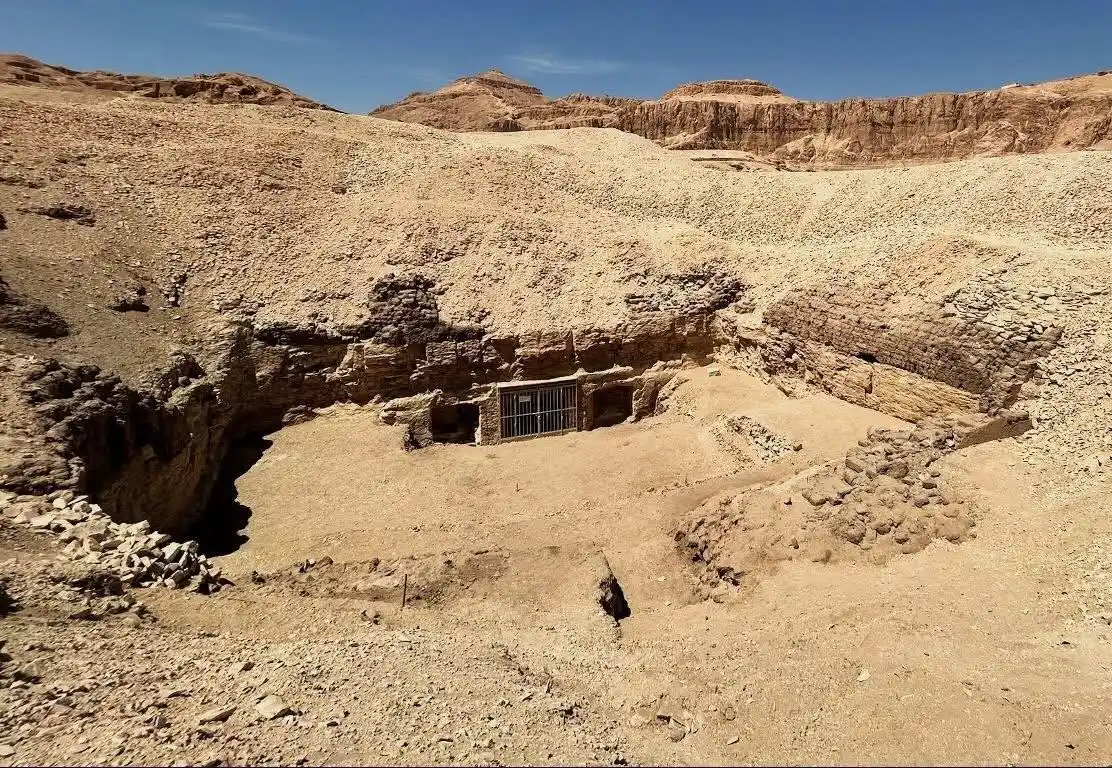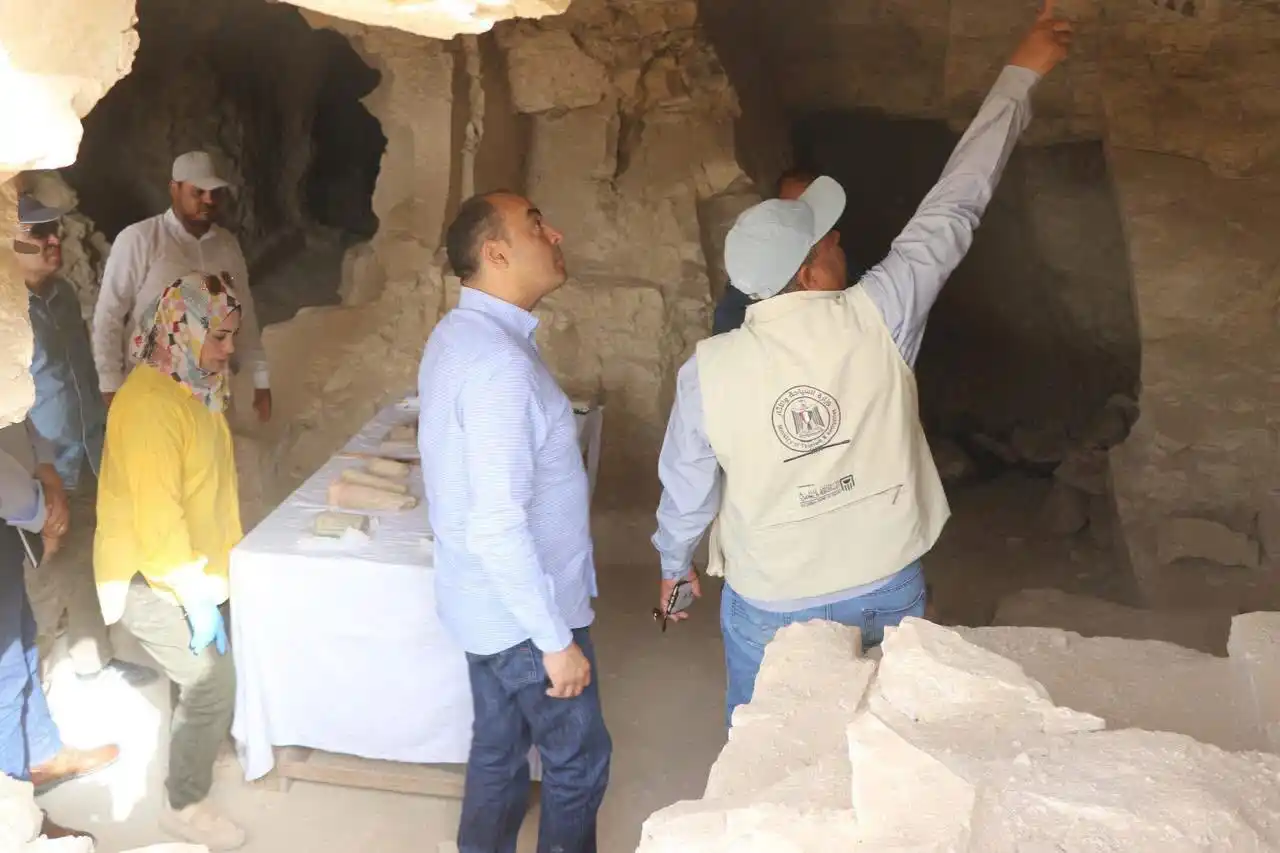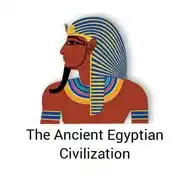
Ancient Egyptian Civilization (AEC)
35 subscribers
About Ancient Egyptian Civilization (AEC)
A Channel where you can learn about the Ancient Egyptian Civilization and it's Artifacts Telegram: https://t.me/AncientEgyptCivilization
Similar Channels
Swipe to see more
Posts

A Limestone Block Statue of the Official “Sahathor”. The Statue represents Sahathor Squatting on the ground with his arms crossed on top of his knees and he is wearing a short wig. There is a Line of Hieroglyphic Inscription around the base of the station and there is two Columns of Hieroglyphic Inscription on his knees. This Statue has damages in the Nose, Mouth, left ear and the chin. Dates back to the reign of Amenemhat II, The 12th Dynasty, The Middle Kingdom Period (1900 BC). Displayed in the British Museum in London, England. #TheBritishMuseum
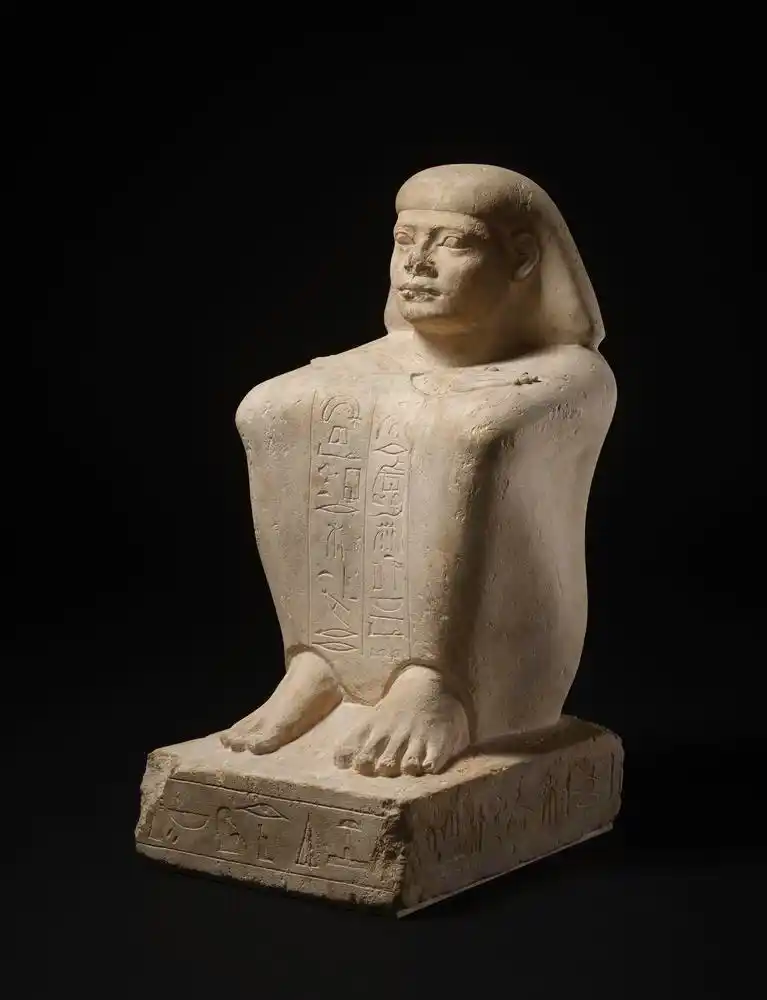

An Ostracon with a Pharoah hunting a lion and with a Hymn on it’s back. The Ostracon represents a Pharoah from the Ramesside Period wearing the Red Crown hunting a lion. The Lion represents the enemies of Egypt. The Front of the Ostracon has Hieratic Text which is translated to: “The Slaughter of every foreign land, the Pharoah-may he live, prosper and be healthy”. Ostracons were usually used for sketches for decorating tombs by Artist as many of them were discovered in the Valley of the Kings Although This scene wasn’t found in Royal Tombs. This Ostracon was divorced in 1920 by Howard Carter near the entrance of the tomb of King Tutankhamun (KV 62) in the Valley of the Kings in West Thebes, Egypt. Dates back to the 20th Dynasty, The New Kingdom Period (1186-1070 BC). Displayed in The Metropolitan Museum of Art in New York, United States. #MET


The Egyptian archaeological mission operating in the area of Abu Al-Naga Site in the western land in Luxor was able to reveal three tombs from the era of the modern state, during its current excavation season at the site. These Three Tombs dates back to the New Kingdom Period and The Names and the title of the owners of the tomb was identified from the Inscriptions inside the Tombs. The Mission will be completed by the Restoration and Studying the remains of the Tombs to identify there owners more deeply. One of this tombs belong to “Amun-M-Ebt” who lived during the Ramesside Period and Worked in The Temple of Amun. The Other two tombs dates back to the 18th Dynasty one of them belongs to “Baki” who worked as a Supervisor of grain Silo as the third Tomb belongs to “Es” who worked as a Supervisor of the Temple of Amun In Oasis. #NewDiscovery
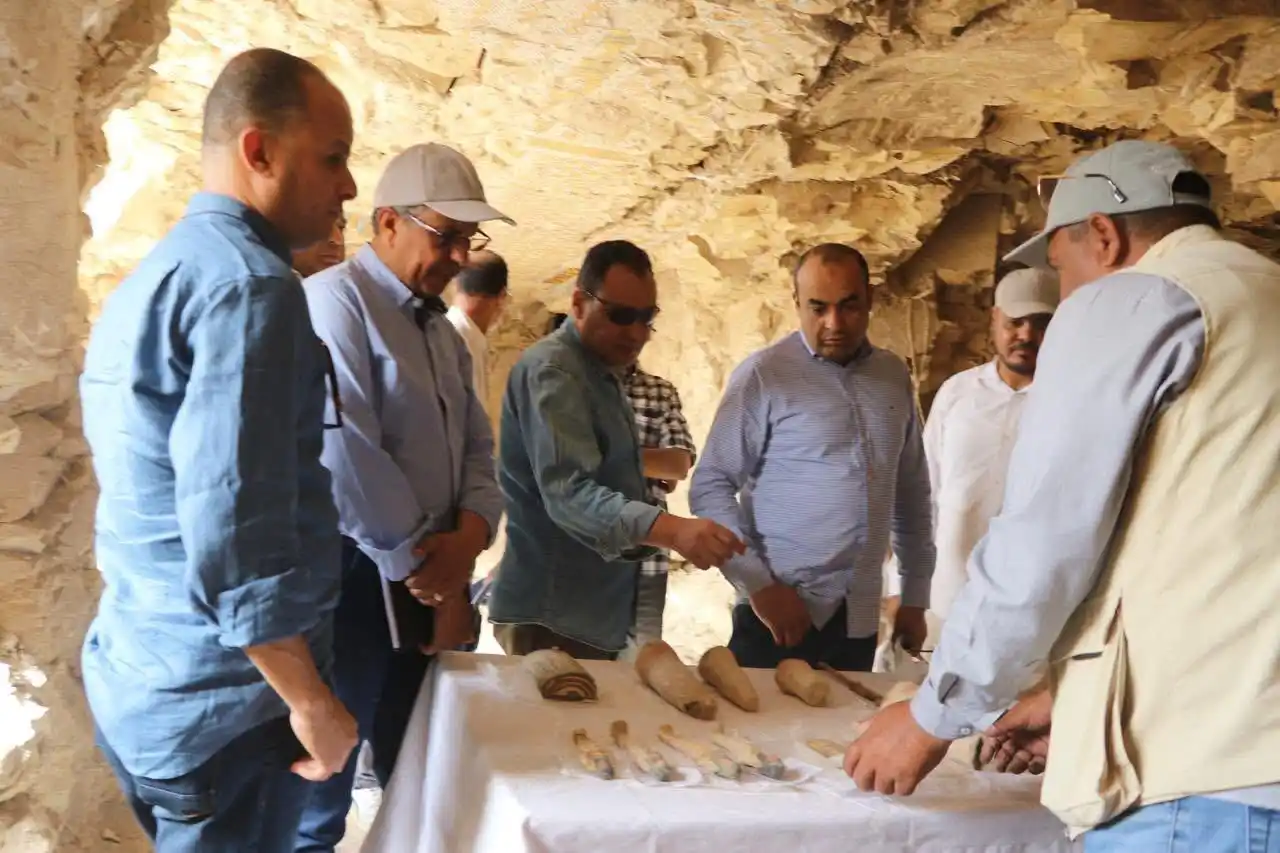

On this Day 26 May Since 71 years was the Discovery of King Khufu’s Boat it’s also known as The Solar Boat or the Sun’s Boat Discovered by the Egyptian Archeologist Kamal Malakh. It was discovered in hole in the Giza plateau. It was discovered 1224 Pieces then it was restored and displayed in a Small Museum beside Khufu’s Pyramid. Few Years ago it was transferred to The Grand Egyptian Museum in Giza, Egypt to be displayed in a Hall along with Other Boats.
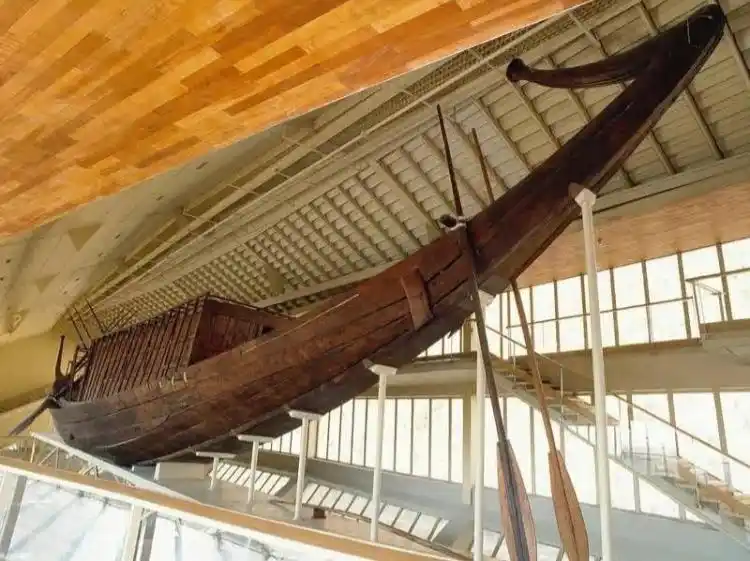

A Limestone Statue of King Ramses III. The Statute represents Ramses III Standing wearing a Short Wig, False Beard and a Collar as two Cartouches of his both of his Names appear in The Middle of his Chest protected by two figures of Cobras which is Goddess Nekhbet and Wadjet. As his left hand is Supported with a Lion Headed Column with Hieroglyphic Inscriptions. There’s a Line of hieroglyphic inscriptions on the Back of the Statue. Dates back to the 20th Dynasty, The New Kingdom Period (1187-1156 BC). Displayed in Penn Museum in Pennsylvania, United States. #PennMuseum


The Cartonnage Coffin of Lady “Djedmaatesankh”. The Coffin represents Djedmaatesankh wearing a long wig and Collar. Her Husband’s Name is written on the Coffin “Pa-ankh-entef”. The Coffin has Figures of many dieties including Osiris, Isis, Nephtys and the four sons of Horus. Djedmaatesankh was a women who lived in Thebes, Egypt she was a Middle Class women. Dates back to the 22nd Dynasty, The Third Intermediate Period (850 BC). Discovered in West Thebes, Egypt. Displayed in the Royal Ontario Museum in Toronto, Canada. #ROM


A Photo of the late Queen Elizabeth II admiring details of the Iconic Golden mummy Mask of King Tutankhamun in the British Museum in London, England. This photo was taken in 1972. #Tutankhamun

The Discovery of the Name and the Titles of the Owner of the Tomb (Kampp23) in Asassif in West Thebes, Egypt by the joint Egyptian-Canadian Archeological Mission between the Supreme Council of Antiquities and the University of Ontario. The Tomb belongs to “Amun-ms”, the mayor of Thebes during The Ramesside Period. As the Mission uncovered about many of his titles including king's adviser, the divine father of Amun, the tax collector, and the head of the quarry service for the mission of King Ramses IV to Wadi Al-Hammamet. The architectural layout of the tomb is similar to that of the T-shaped tombs of the Ramesside Period with a vestule leading from the cabin to the burial chamber, and also includes statues carved into the rock in the transverse hall and cabin. #NewDiscovery
